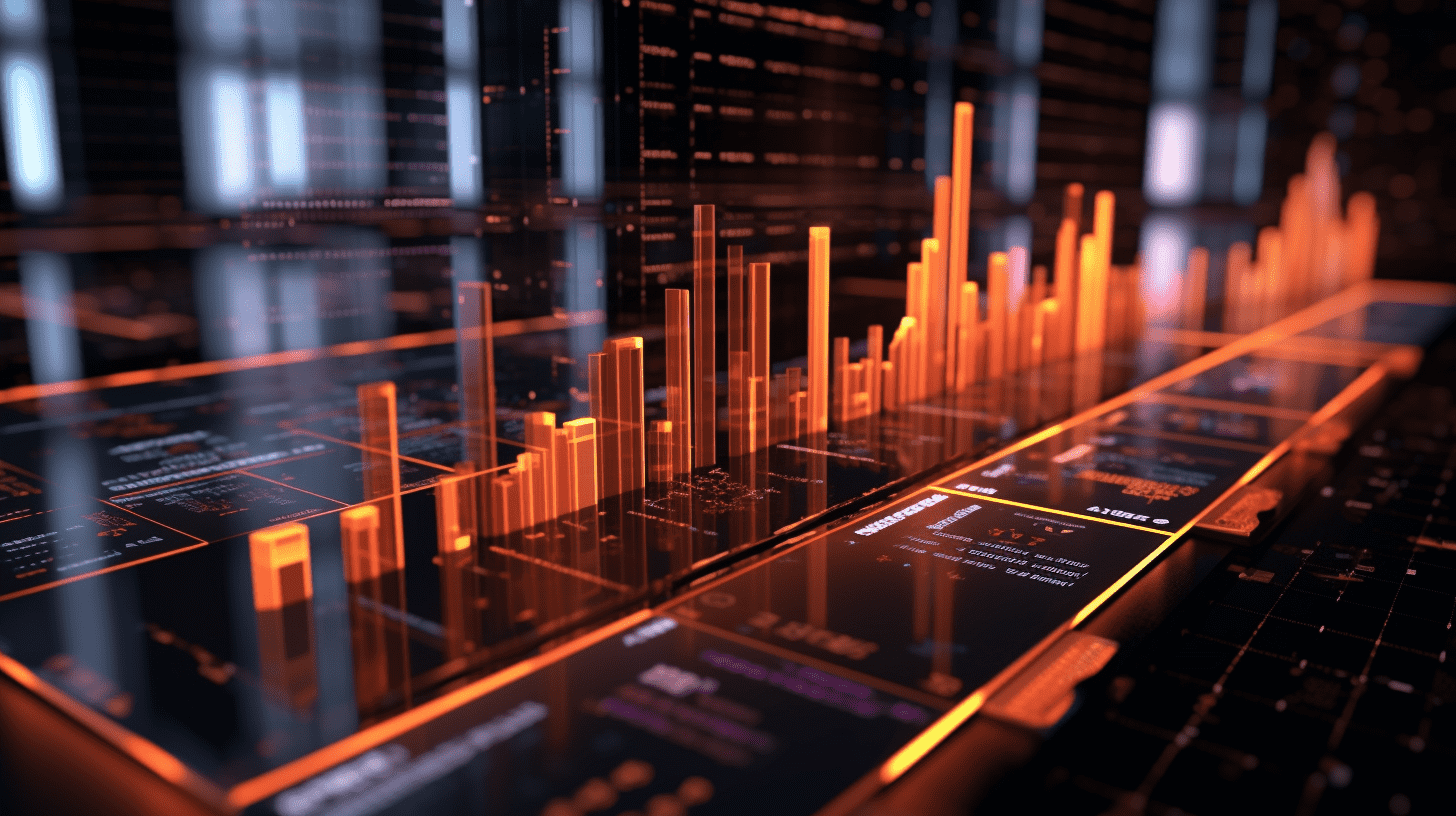
TechInsights: AI and related technologies accelerating adoption, storage market expected to significantly grow by 2025.
On December 25th, TechInsights released an article stating that the memory market, including DRAM and NAND, is expected to experience significant growth by 2025, mainly due to the accelerated adoption of artificial intelligence (AI) and related technologies. It is expected that HBM shipments will increase by 70% year-on-year, as data centers and AI processors increasingly rely on this type of memory to process large amounts of data with low latency. Edge AI will bring AI processing functions closer to data sources such as smartphones and PCs, and is expected to enter the market by 2025. However, the real shift is projected to occur in 2026, as edge AI becomes more widespread, driving demand for memory solutions suitable for these new functions.
AI continues to drive attention towards high-bandwidth memory (HBM)
With the rise of AI, particularly in data-intensive applications such as machine learning and deep learning, the demand for high-bandwidth memory (HBM) has skyrocketed. The surge in HBM demand is expected to reshape the DRAM market, with manufacturers prioritizing the production of HBM over traditional DRAM products.
AI fuels demand for large-capacity SSDs and QLC NAND technology
As AI continues to penetrate various industries, the demand for large-capacity solid-state drives (SSDs) is also increasing. This is particularly important for AI workloads that require large data storage and fast retrieval times. Therefore, the adoption of QLC NAND technology is expected to increase, as it provides higher density at a lower cost. Despite QLC SSDs having slower write speeds compared to other NAND types, they are becoming more popular due to their cost-effectiveness and suitability for AI-driven data storage needs. Data center NAND bit demand is expected to grow by over 30% in 2025, following the explosive growth of around 70% in 2024.
Capital expenditure (Capex) investments shifting significantly towards DRAM and HBM
Driven by the surge in AI applications, capital expenditures in the memory market are increasingly flowing towards DRAM, especially HBM. As manufacturers expand capacity to meet growing demand, DRAM capital expenditure is expected to increase by nearly 20% year-on-year. However, this shift has resulted in minimal investment in NAND production, potentially causing supply bottlenecks in the market. The profitability of the NAND sector continues to improve, which may reignite investment enthusiasm in this area in 2026.
Edge AI begins to emerge, but significant impact expected by 2026
Edge AI brings AI processing closer to data sources such as smartphones and PCs, and is expected to enter the market in 2025. However, the full impact of this technology is not expected to be felt until 2026. Devices with true edge AI capabilities are expected to be launched by the end of 2025, but sales may not be enough to immediately impact the memory market.
Data center AI focus delays traditional server replacement cycles
The focus on AI-driven data centers has led to delays in the replacement cycles of traditional server infrastructure. Many companies are reallocating resources to upgrade their AI capabilities, resulting in a need for updated traditional servers. While this delay may be manageable in the short term, at some point, these servers will need to be replaced, potentially driving a sudden surge in demand for DRAM and NAND. Once this delayed replacement cycle occurs, it may significantly increase the demand for memory.
RECOMMEND
©️2013 - 2024 GMT EIGHT Holdings. All Rights Reserved.
Contact: contact@gmteight.com


